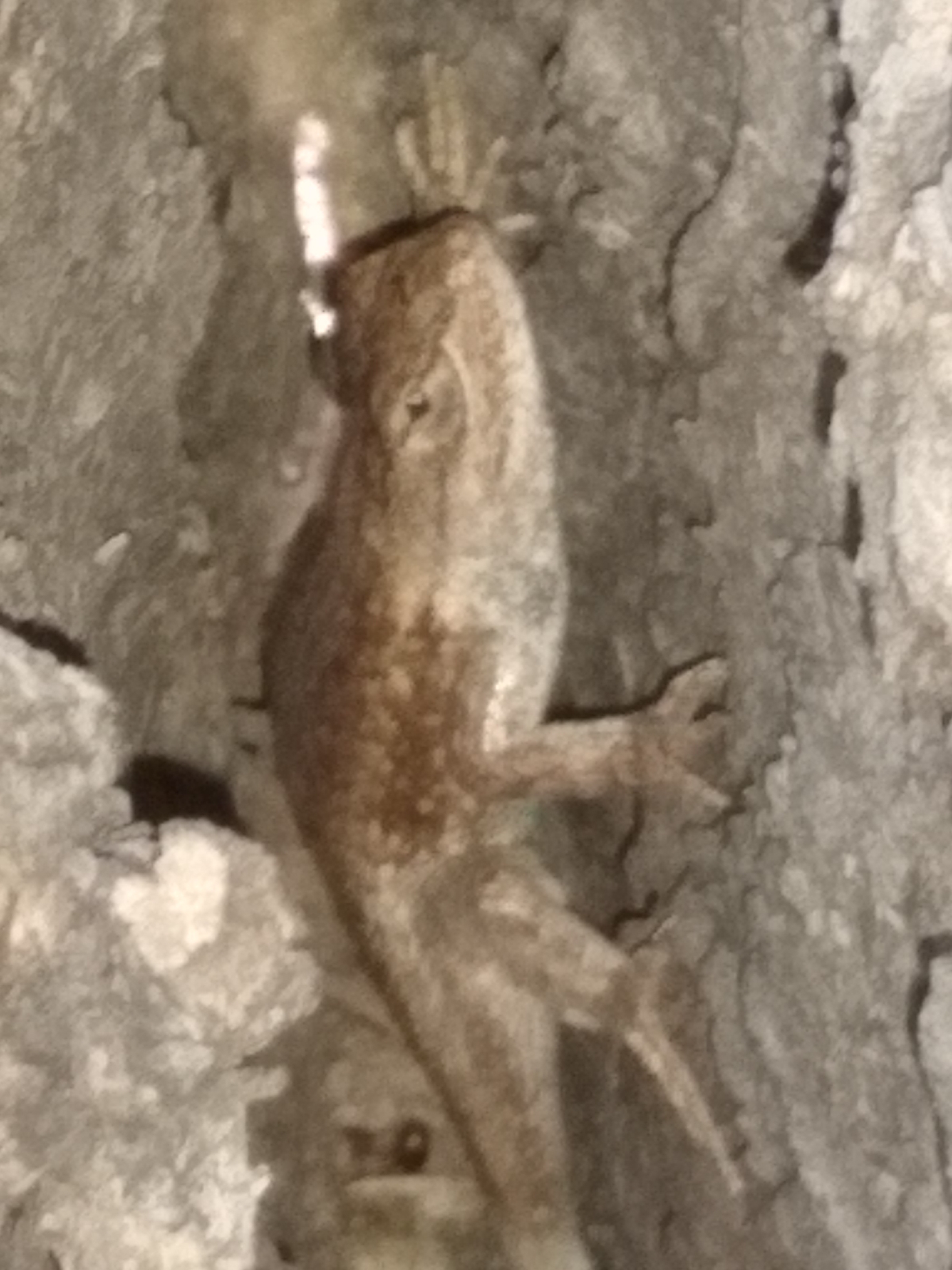The air is filled with the sounds of Spring. Sprinklers, mowers, and mulchers mostly. The gardening season has begun and the flowers are looking awesome.
Apple orchards are producing early flowers. These plants need pollinators, and the bees are still asleep. Many insects fill the void; most are tiny and not appreciated. While butterflies and bees have their advocates, no-one notices that mosquitos, gnats, midges and many, many others also keep flowers tended.
A lot of the trees that are blooming in people's gardens are cultivated and are chosen for their flowers. Ornamental plum, cherry, and pear trees are imported and planted in gardens due to their hardiness and early flowers.
Roses and other plants will flower later, but the tender shoots are coming out now, enticing to the new crop of aphids that are emerging from hiding in cracks around people's homes.
The plants are coming out from the protective covering of dark and damp leaves that have protected them from drying out. Plants have a suite of 13 light receptor proteins to help direct timing and growth. Us humans have only...three.
The interior drain is a truly remarkable ecosystem. It is a flowing underground river five feet below our shoes with unique animals and plants that we have almost no idea about. This cattail root is showing the explosive root growth going on right now as those roots reach out in all directions. The mud they grow into is full of bacteria that produce carbon rich gas that over eons become fossil fuels. That gas also makes the waterlogged soil light and airy, but excludes oxygen. Perfect for the world of roots, but seen as "stinky" and a place to build a septic system to us, the air breathing, surface crawlers.
Usually seen in the end of summer, these dragonfly are laying eggs and hunting gnats. The larvae (or instars) are great predators underwater.
There are more species of wasps than any other insects type, including beetles. Most do not sting, we just focus on the ones that do. This one is a predator of caterpillars.
A mayfly. Got lucky on this picture, came out nicely in focus. Fish are racing to eat these as they land on the water to lay their eggs. This is the Imago stage.
A brown lacewing. These predators eat aphids and will hold down their numbers for a while. Of course, when pesticides are applied to those delicate rose buds, they will disappear and the prolific aphids will be able to grow such juice in peace.
The fungus gnats are beginning to swarm as the breeding season starts off. They rest on the sides of buildings as they emerge and socialize. Still microscopic, their numbers can be overwhelming as the temperatures continue to rise.
Later in the year, the spider sizes will be huge and stride across the desert landscape in shimmering heatwaves. Right now, though, the spider species are able to hide in cracks of stucco and scramble between cattails as they chase their prey down.
I'm not 100% sure what a "metallic flea beetle" is, but this in one of those...It is likely in peril from the many hunters also in this small pond.
Finally the reptiles are starting to get around to joining the party. Also, the first sightings of frogs have come from the Biopark's Botanic Gardens.

















No comments:
Post a Comment